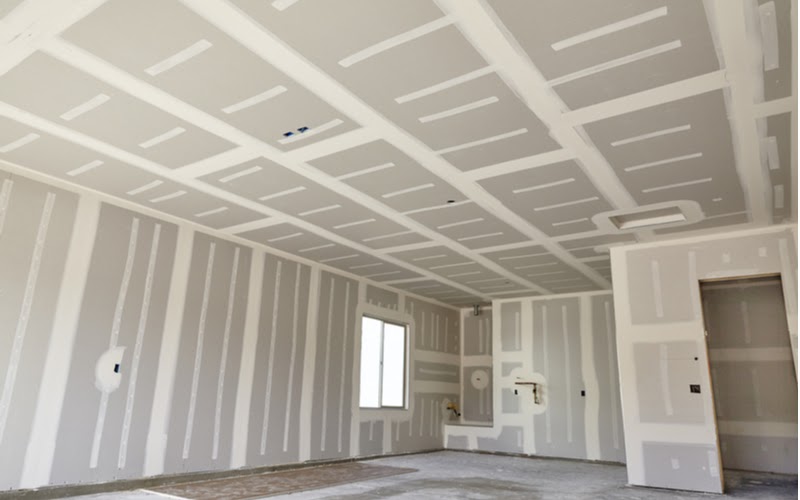Drywall is a material used in construction to create walls and ceilings. It’s a popular material due to its easy installation, ability to customize, durability, and the fact that it only requires simple repairs. Don’t be fooled by the ‘easy’ installation — installing drywall can be tricky and should be done by a pro for best results. Whether it is a new build, a renovation, or just a minor repair, drywall installers are the way to go. Drywall may seem simple to install, as avid DIYers are keen to get the job done themselves, but having a pro complete this task can save you stress, time, and money. Read on to learn all about what a drywall pro does and why you should hire one.
Tools and Materials
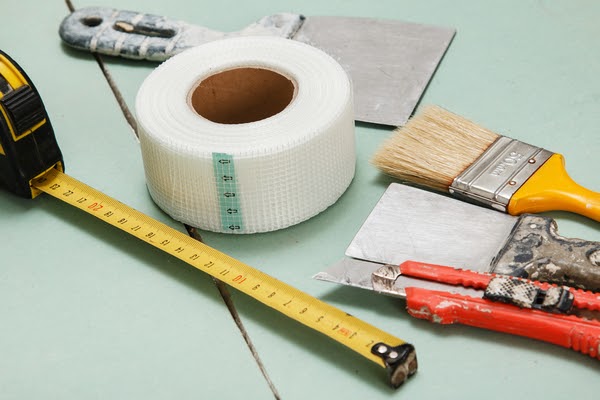
In order to ensure the best outcome, make sure you are using the best materials and tools available to get the job done. There are a variety of drywall materials out there, as well as associated materials, such as screws and nails. Depending on your home, the materials and tools used are going to vary. A pro will have the knowledge and experience to determine which is best for your home.
Surface Prep
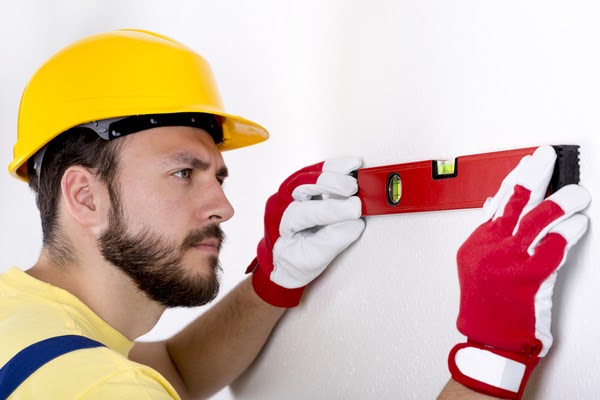
Before any drywall is actually installed, the surface needs to be prepared accordingly. For best results, the surface should be as flat and level as possible. If there is framing, the framing needs to be level and square. If not prepared properly, the drywall will be uneven and ultimately difficult to blend leaving gaps and uneven lines.
Material Prep
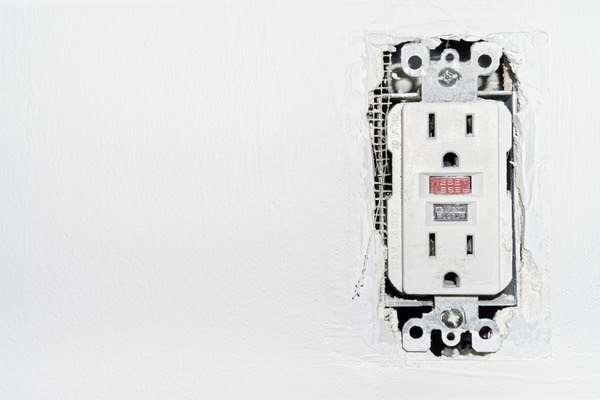
In order to be left with a smooth surface, the drywall must be cut to exact measurements. This must include the dimensions of the area, but also any electrical outlets, light switches, or ceiling fixtures. Pros have the tools and knowledge to cut the correct pieces according to shape and size for the perfect fit.
Fastening
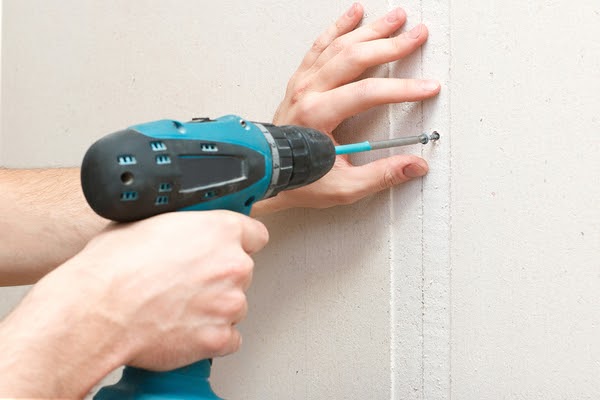
Once the correct size pieces are cut, the drywall is then hung on the wall or ceiling in its appropriate spot. While nails can be used to secure the drywall, fastening screws are preferred as they have the ability to catch. Nails have a tendency to become loose, resulting in sagging ceilings or cracking in the seams.
Taping and Spackle
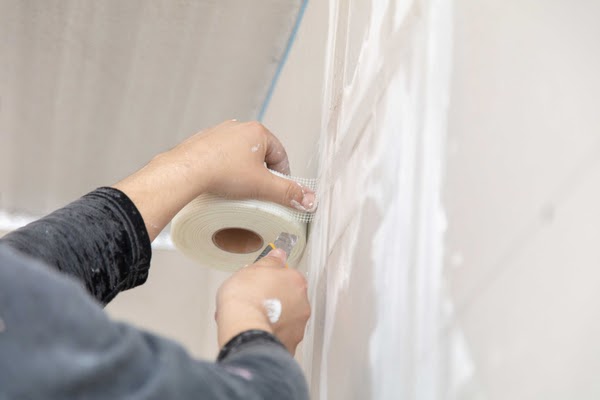
Once all pieces of drywall are secured, the seams of all boards are ‘taped’ and ‘spackled’ to bond the pieces together. The taping and spackling is a very important step in installation. If not done correctly, there can be gaps or bumps left in between or on the drywall seams, resulting in a sloppy finish.
Finishing Touches
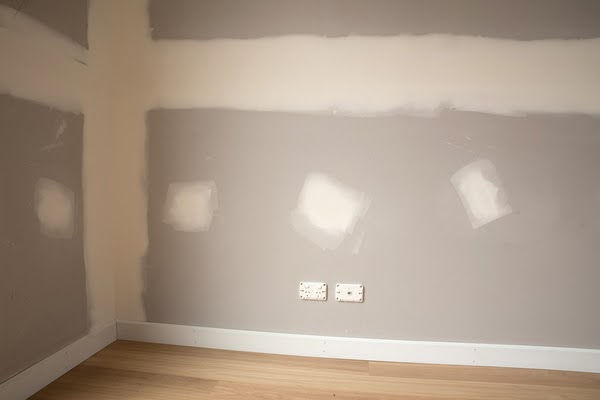
The final step to installing the drywall is the finishing touches. This can include filling fastening holes and seam gaps, ensuring that the spackle is smooth and flush with the drywall. Once all is dry, some additional sanding may be needed in areas that have too much spackle and to level out the surface.
In the end, a successful drywall job is one where you cannot tell one piece from the next. Ultimately meaning that all the seams are taped and spackled (sanded if needed) flawlessly. This allows other finishes, such as wallpaper or paint, to be applied without hassle.
Knowledge and experience are two must haves when it comes to installing your drywall, and the more the better. That’s why when it’s time to replace, repair, or install new drywall you should connect with a pro to help you get the job done right the first time.
